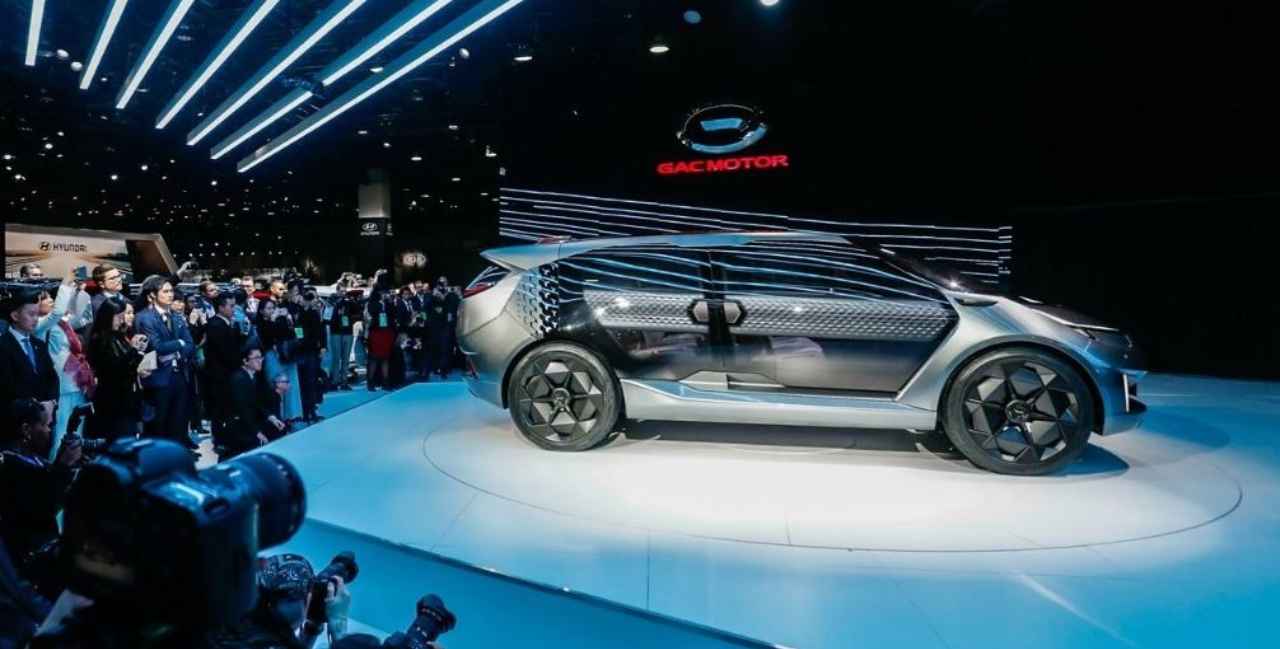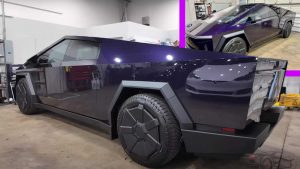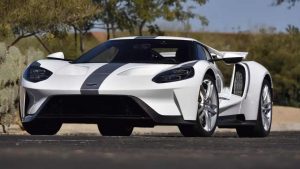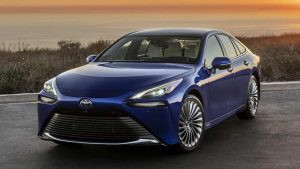Anticipating the arrival of Chinese electric vehicles in the US

The presence of Chinese electric vehicles (EVs) in the United States has been a topic of discussion and speculation, with potential obstacles like high tariffs and tax credit requirements standing in the way.
While the Biden administration has not reversed the Chinese tariffs imposed by the previous administration, Chinese automakers are making strides in global markets, including Mexico, and are gradually encircling the North American continent, a trend highlighted in a recent report by AutoForecast Solutions.
Michael Dunne, CEO of ZoZoGo and an expert in the Asian auto market, predicts that Chinese-branded vehicles will make their way to the US market no sooner than 2025. This projection underscores the complexity of the US market and the challenges that Chinese automakers face in entering it.
The last time Chinese automakers were on the brink of introducing passenger vehicles bearing their own brand names in the United States was in January 2019. For approximately a decade leading up to that point, various Chinese automakers had been showcasing their cars and concept vehicles at the North American International Auto Show in Detroit, a time when major auto shows were still commonplace.
In 2019, the prominent Chinese automaker GAC Motor drew attention by displaying its “bullet-inspired” Entranze 3+2+2 EV concept at a prime location inside Detroit’s convention center. As part of their efforts to make a lasting impression, GAC also arranged for the visit of foreign auto journalists and showcased a small fleet of production models, including the GA4 sedan, GS3, GS4, GS5, and GS8 SUVs, as well as the GE3 battery-electric vehicle.
Despite these efforts and aspirations, the road to bringing Chinese-branded vehicles to the US market remains challenging. One significant hurdle is the existing tariffs imposed on Chinese imports, which add an extra 25% to the 2.5% import tariff for vehicles. Additionally, navigating the intricate landscape of US regulations, safety standards, and consumer preferences poses substantial challenges for foreign automakers.
It’s worth noting that some Chinese automakers have already established a presence in the US market through partnerships and investments. Companies like Polestar, owned by China’s Geely, and Volvo, a subsidiary of Geely, have made inroads in the American automotive landscape. However, these are not standalone Chinese brands, and their success in the US is due in part to their association with established Western automakers.
In conclusion, while Chinese EVs are gradually expanding their global reach and presence, their arrival in the US market is expected no earlier than 2025, according to industry experts. Overcoming trade barriers, regulatory challenges, and establishing consumer trust are essential steps for Chinese automakers aspiring to make a significant impact in the highly competitive US automotive market.





